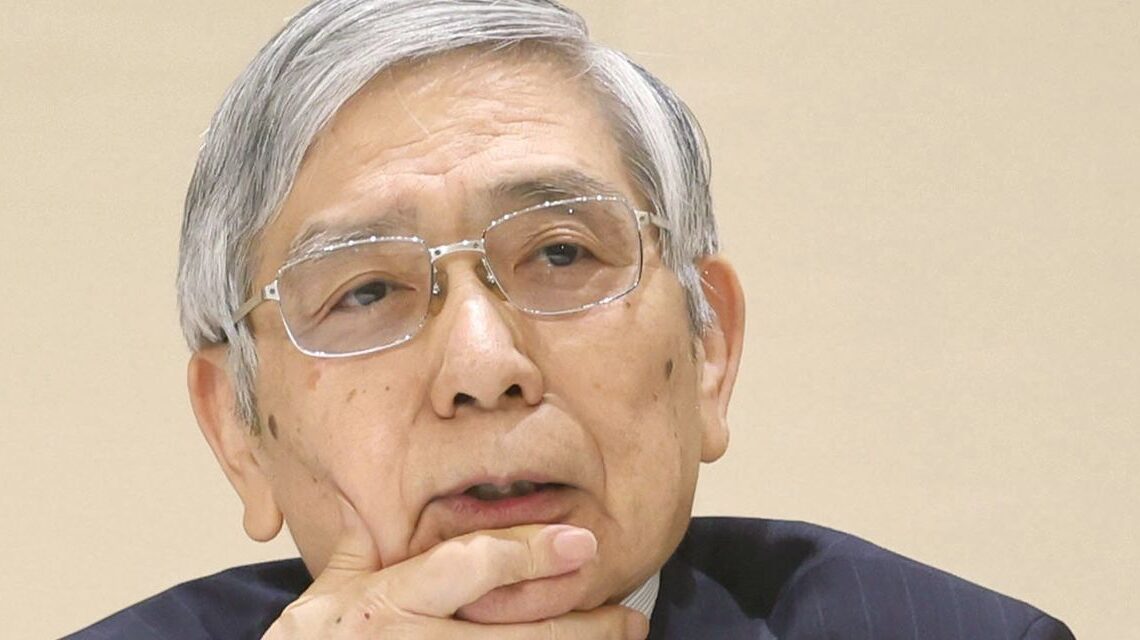NAGOYA, Japan—There are some signs of local inflation easing,
Gov.
Haruhiko Kuroda
said, a development that helps reduce pressure on the bank to tighten its ultraloose monetary policy.
“Recent price increases are due mostly to the rise in import costs and their pass-through to consumer prices. But resource prices have already started falling,” Mr. Kuroda said at a news conference.
The yen’s rapid slide in recent months against the dollar has also increased the cost of imported raw materials, energy and food, but the government’s currency interventions have helped slow the decline, he said. The government spent a total of more than 9 trillion yen, equivalent to about $65 billion, for yen-buying operations in September and October.
Mr. Kuroda’s comments are even more closely scrutinized among financial-market participants as Japan resists a global wave of monetary tightening. He again defended the BOJ’s policy approach by saying Japan’s situation was different from the U.S., where concerns that strong wage growth might cause further inflation have prompted aggressive interest-rate increases by the Federal Reserve.
Mr. Kuroda reiterated the BOJ was aiming to achieve its 2% inflation target accompanied by wage increases, although he said it wasn’t appropriate for the BOJ to make a specific level of wage growth the bank’s policy target. Policy makers in Japan have for years asked employers to raise wages more aggressively.
Consumer inflation reached 3% in September but the BOJ expects the rate to drop below the bank’s 2% target in the next fiscal year ending March 2024. West Texas Intermediate crude-oil prices have fallen below $89 a barrel, compared with $120 six months ago, according to data provider
At a meeting earlier Monday with business leaders in Nagoya, home to many manufacturers and close to
Toyota Motor Corp.’s
headquarters, there were some voices of concerns over the yen’s rapid fall.
“It is hard to deny the impression that the yen’s recent weakness has reached a troubling level,” said Akihisa Mizuno, the chairman of the Central Japan Economic Federation. The risk of stagflation, which is slow growth with high inflation, is increasing for…
Click Here to Read the Full Original Article at WSJ.com: World News…

